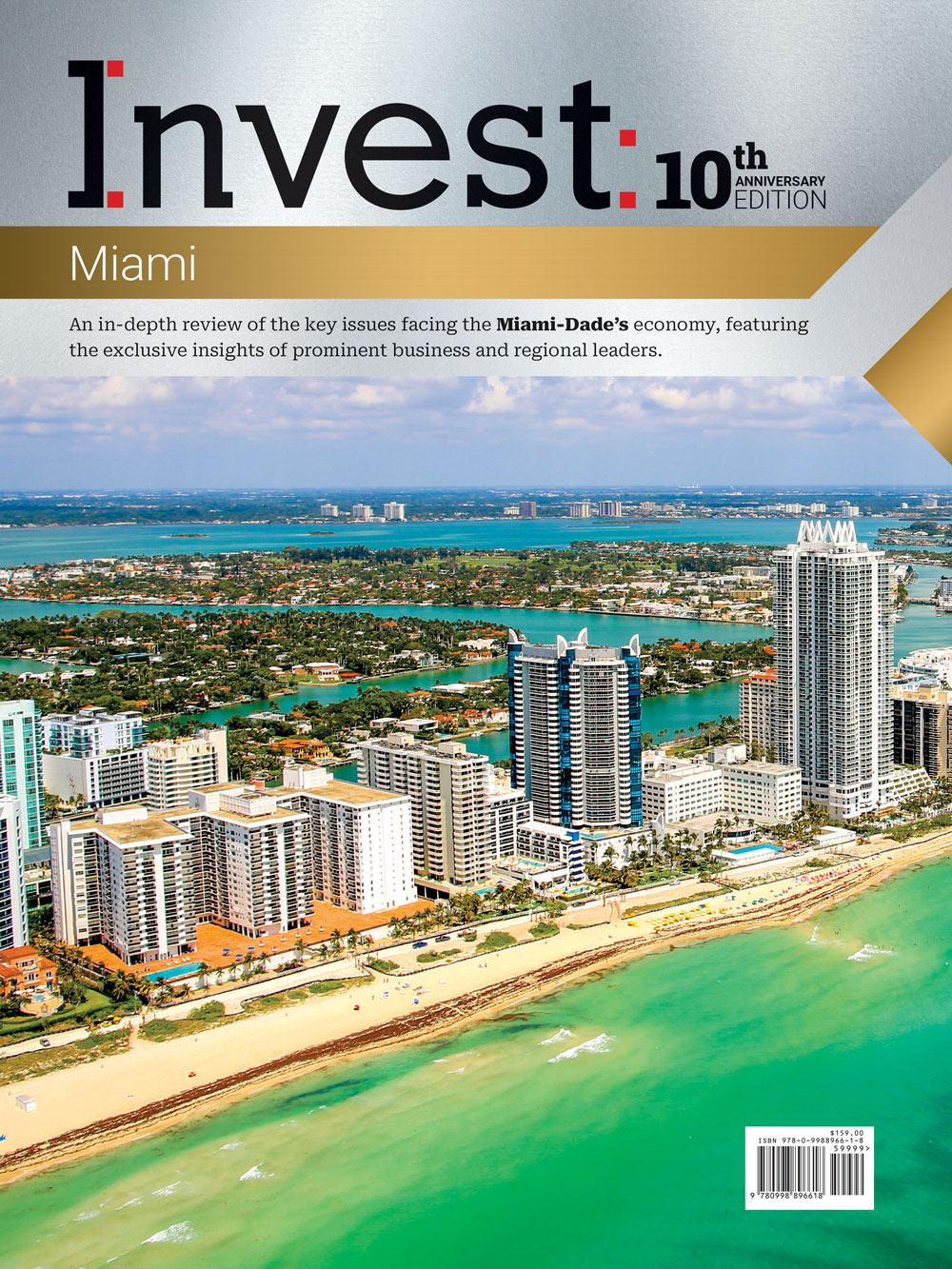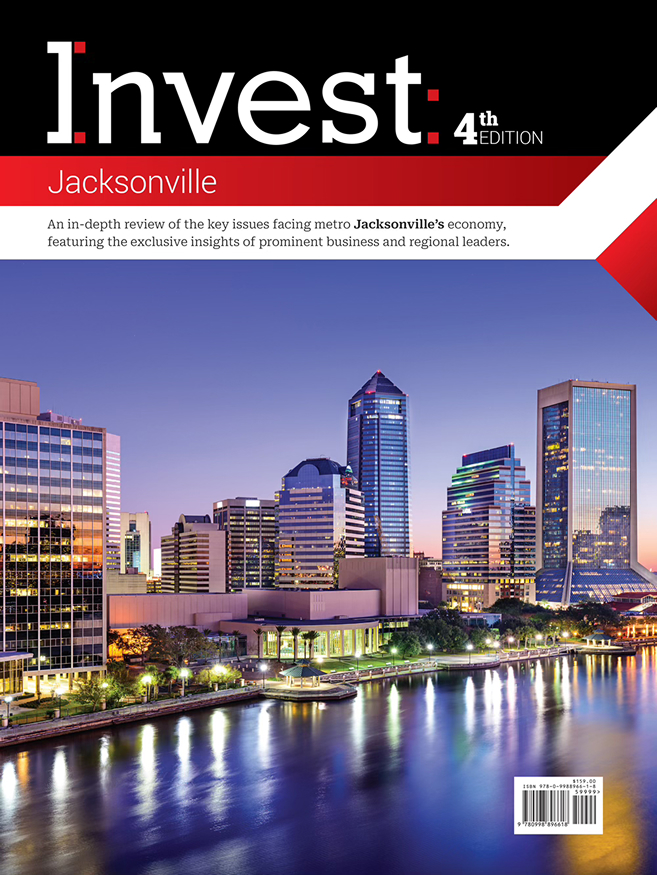Grace Elton, CEO, New England Botanic Garden at Tower Hill
In an interview with Invest:, Grace Elton, CEO of the New England Botanic Garden, talked about how the Garden’s new partnerships will help it both expand its educational programming and have a more significant footprint. She also talked about the recent expansion of the nonprofit’s property, its adoption and use of different sustainable technologies, and its strategies to increase and diversify its visitor base.
How will the recent expansion of the New England Botanic Garden allow it to increase its service portfolio?
We have done a lot to grow both our footprint and our programming since we changed our name from Tower Hill Botanic Garden to the New England Botanic Garden at Tower Hill. The recent addition of land will enable us to expand into more naturalistic areas of our property. We are currently around 200 acres with 50 acres of land under conservation restriction. We will expand trails to give people access to some natural areas, including woodlands, wetlands, and a beautiful stream with a waterfall and many native plants. We are excited to educate and explore that part of our property in addition to the formal gardens that we create.
What strategies has the New England Botanic Garden implemented to increase its attendance figures?
It is a combination of reaching out to new audiences in new ways and offering more than just a pretty garden. We have die-hard visitors who visit us and have been members for decades. Nevertheless, we need to offer something for everyone, so we have leaned heavily on incorporating art into our Garden. We have a large outdoor sculpture exhibit every summer as well as homegrown exhibits in the fall, winter, and spring where our staff works with artists to create things like fairy houses. We also hold indoor exhibits such as portraits of horticultural heroes and botanical illustrations.
We try to market to families by expanding our educational programs, which has brought a different audience to the Garden. It is not just adults who want to explore the Garden, but families who want to engage with the Garden by taking classes, reading the labels, attending events, and finding joy here.
As we diversify our audience, we are reaching out to the community. We have worked with local community groups that had historically not visited our garden. We reach out to community groups and work with their leadership to find ways to provide something to them by, for example, doing a festival or an event that speaks to that community. For instance, we partnered with the India Society of Worcester to hold a Diwali celebration every winter.
What are the biggest opportunities in the tourism sector of Greater Boston and Central Massachusetts?
Central Massachusetts has a great opportunity to grow its tourism. New England Botanic Garden is really a leader in that process as we bring a lot of tourism to the region. There are opportunities for us to attract people so they can explore everything that Central Massachusetts has to offer. That includes our excellent cultural institutions, great hotels and dining options, and many ways to connect with nature, such as beautiful hiking trails.
The ecotourism market sector is really attracted to Central Massachusetts. By collecting ZIP-code information through ticket sales we have learned that we attract people from all 50 states. We also learned that 75% of our audience comes from within a one-hour drive radius. Nevertheless, we see people come from farther afield when we have a special exhibit. Boston’s rich history, food, entertainment, and accessibility to nature also bring in an international crowd that we are trying to welcome into our Garden.
What are the primary challenges that the Boston tourism industry and the New England Botanic Garden face?
One of our biggest challenges is not being close to public transit. People flying into Boston for tourism can take regional rail to Worcester and then ride an Uber to our property. Nevertheless, we are still about 25 minutes away from the regional rail, which makes it hard for people who do not have a car to get to our Garden. That makes it a significant challenge to bring people from a lower income bracket, which is a hurdle to socioeconomic diversity.
What have been the keys to the success of the fundraising efforts and initiatives of the New England Botanic Garden?
We raised about $31 million from diverse sources in our last fundraising campaign that ended in December 2023. That included many large foundations in Worcester, New York, and Boston as well as many individual gifts and grants. We used that money to expand our footprint. Aside from purchasing land, we also built a 1.5-acre children’s garden that welcomes youth and families to enjoy and explore. The Ramble includes a picnic pavilion for families to eat, as well as classes, musical programs, and fun drop-in activities.
We also expanded our infrastructure by doubling the size of our parking lot. We did not want people traveling from afar to come to a closed gate because the parking lot was full. We were getting so popular that at some point, we had to close the gardens on a Tuesday because everyone was excited to come see the daffodils blooming. We wanted to avoid that disappointment.
We also increased the ADA accessibility of our garden areas by adding six new accessible paths that are either gravel or grass. We also now have a boardwalk and concrete paths in select areas of the garden to allow all visitors to enter the formal gardens. We want all our visitors to be able to enjoy all the gardens. Nevertheless, with a 200-acre property, we are not quite there yet. We would love to eventually have a tram system to achieve that.
What kind of partnerships is the New England Botanic Garden developing to increase its reach?
In July 2024, we became the leadership base of the Ecological Landscape Alliance, which is a 501c nonprofit that teaches individuals in the green industry how to garden more sustainably. We developed a management agreement where one of our staff members now serves as the organization’s executive director. We run that organization and are helping expand its programs and reach a bigger audience. Most of the Ecological Landscape Alliance’s audience is on the East Coast, so we expect this partnership to expand our footprint and range there.
As a part of the same partnership, we now also serve in a similar capacity by providing an executive director to the US Branch of Botanic Gardens Conservation International. That organization does plant conservation around the world, so we will expand our conservation and ecological horticulture without having to build more gardens. It will also bring our brand, our name, and our region to a broader audience.
We also hope to expand our conservation programs and partner with more organizations to dive deeper into plant conservation.
How is the New England Botanic Garden expanding its educational programming?
We teach about 13,000 youth and adults each year, and our programs include everything from biology to environmental science. We also focus a lot on STEM subjects, particularly with the kids. We also offer health and wellness and art programs for adults. They can come to the Garden and have the most beautiful place to take a yoga or tai-chi class or engage in painting or photography. Botanical mixology has also become a popular set of classes.
How is the New England Botanic Garden leveraging technology in its horticulture practices and visitor experiences?
Besides the solar array we have on our barn, we also have EV chargers as a visitor amenity. That was part of the big expansion in our parking lot. In 2022, New England Botanic Garden became the first botanic garden in the nation to earn Green Zone certification from the American Green Zone Alliance (AGZA) for its efforts to decarbonize horticulture operations with electric landscaping equipment. The garden is also doing GIS mapping and drone imaging to map our plant collections. As a museum accredited by the American Alliance of Museums, we are held to the same collection standards as art museums in Boston. We need to have a database of all our plants and submit our best practices manuals to be approved by AAM, which is where drone imaging is helping us.













